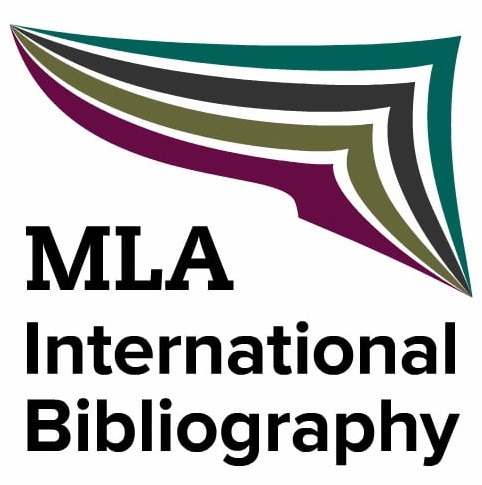Subjectivity and Nature: Three Kinds of Romantic Sublime
DOI:
https://doi.org/10.13135/2281-6658/1367Abstract
This article outlines three different forms of the natural sublime as presented in three converging texts of the Romantic period: Coleridge’s Hymn before Sunrise in the Vale of Chamouni, Shelley’s Mont Blanc, and Wordsworth’s lines on the Simplon Pass in Book 6 of The Prelude. The three versions stress the experience of the sublime as an encounter between nature and the subject, but whereas in Coleridge’s hymn the vision of the “great mountain” is the occasion for the poet’s voice to celebrate nature as the symbol of Divinity, in Shelley’s poem nature appears divested of all religious connotation and the stance of he poet is ambiguous because, on one hand, he presents himself as the “interpreter” of nature’s “mysterious tongue” but, on the other, it is his voice that gives nature a language making sense of her “silence”. As for Wordsworth, this article departs from received critical opinion contending that the description of the Gondo Gorges does not represent the true Wordsworthian sublime – which is not a visionary experience but the feeling of a “deep interfusion” between nature and the subject – and should therefore be contrasted with Lines Composed a Few Miles above Tintern Abbey.Downloads
Downloads
Published
Issue
Section
License
Authors keep the copyrights for their work and give the journal the work’s first publication copyright, which is at the same time licensed under a Creative Commons License – Attribution, which in turn allows other parties to share the work with an acknowledgement of the work's authorship and initial publication in this journal.
Content Licence

You are free to copy, distribute and transmit the work, and to adapt the work. You must attribute the work in the manner specified by the author or licensor (but not in any way that suggests that they endorse you or your use of the work).
Metadata licence

CoSMo published articles metadata are dedicated to the public domain by waiving all publisher's rights to the work worldwide under copyright law, including all related and neighboring rights, to the extent allowed by law.
You can copy, modify, distribute and perform the work, even for commercial purposes, all without asking permission.





